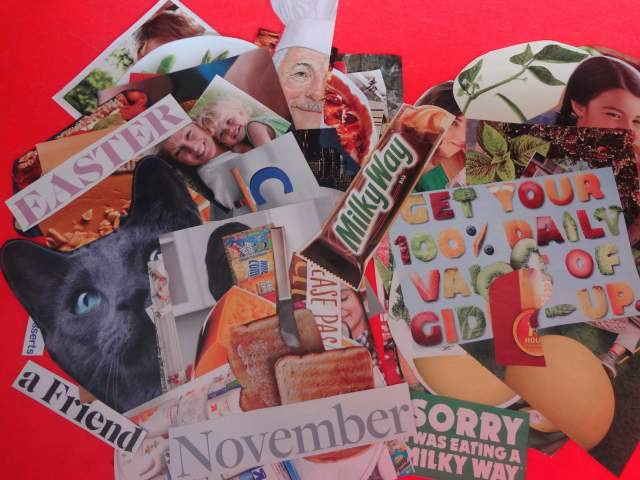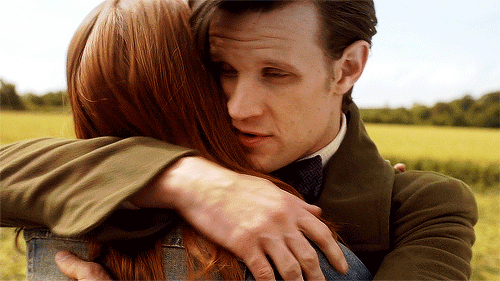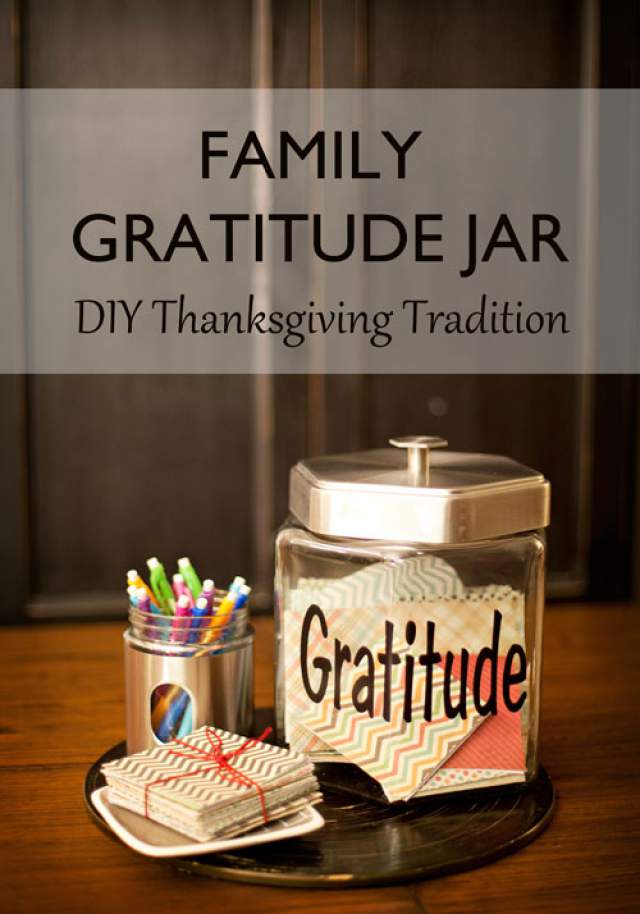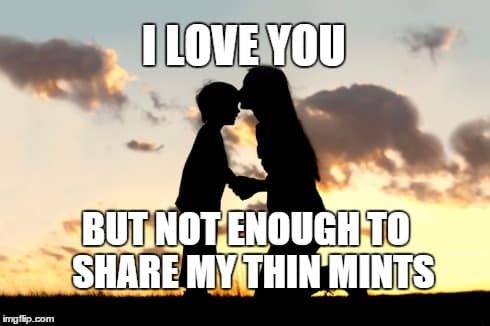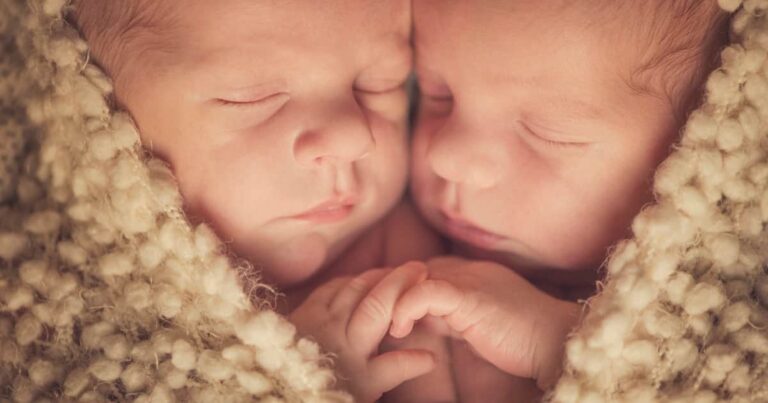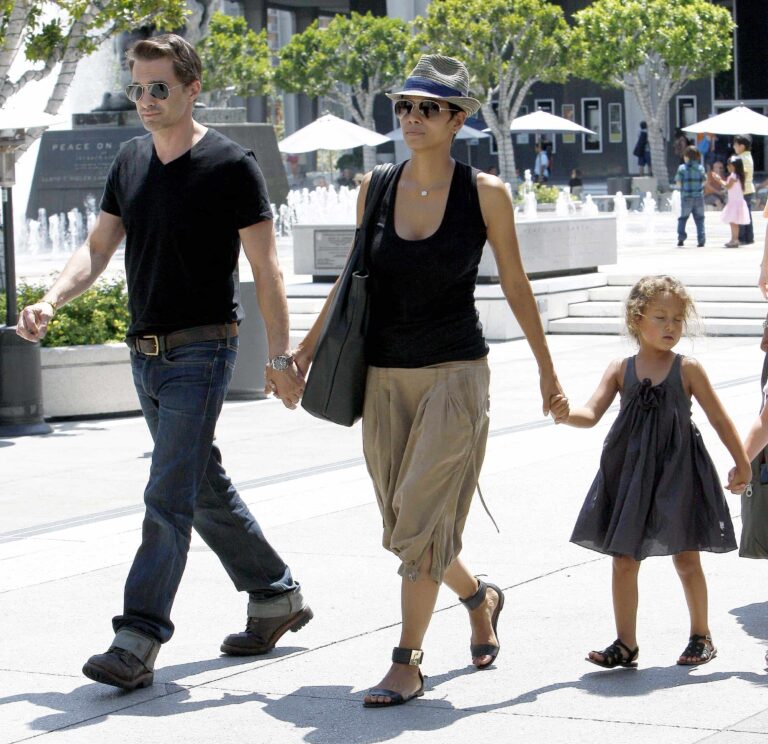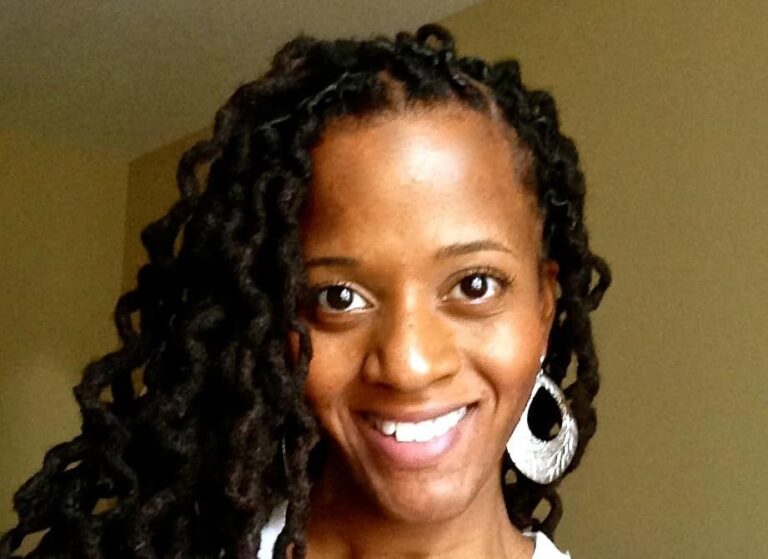Cheatsgiving: 8 Simple Ways To Teach Your Kids That Gratitude Is More Important Than Gifts
You’ve been hearing Christmas music since the day after Halloween. Your kids have either already finished their Christmas lists or have done away with lists entirely, instead just shouting ”I want that!” at every commercial or Toys ”˜R Us flyer that arrives in the mail. Thanksgiving, just around the corner, has somehow morphed from a day of, you know, giving thanks to a capitalist ”Hunger Games” in which you are expected to fight sleep deprivation and crowds of angry strangers for all the best toys.
 (via)
(via)
How did this happen? And more importantly, how do you make it stop? Instead of surrendering the entire contents of your savings account along with your dignity this year, check out these suggestions for focusing your family on the real meaning of the holiday season: gratitude and generosity.
1. Recognize what you have.
Before young children can be grateful for what they have, they may need some help understanding that what they have is not necessarily the norm. Affluent or middle class children in America””with their own large bedrooms, closets full of clothes and shoes, and entire rooms’ worth of toys and books””may not realize that not every child is so lucky. Perusing photographer James Mollison’s 2010 book Where Children Sleep, which includes photos of children from around the world and their bedrooms, along with brief stories about their lives, is a great jumping off point for this kind of conversation. Many of the photos are also available online. As you discuss the photos with your kids, try to emphasize the differences they notice rather than labeling the various children’s lives as ”better” or ”worse.” Understanding how their lives differ from others’ will help your children see what they have to be grateful for.
2. Make a gratitude collage.
(via)
A gratitude collage is a great way for children of any age to make a visual representation of the things they are thankful for. Kids can include pictures of family members and friends, pets, toys, and other household items on their collages. For pre-school aged children, you may want to provide the images for them to choose from. Older kids can clip their own pictures and mix words into their collages. Following up on the previous activity, emphasize with your kids that they can and should include the seemingly common things they might otherwise take for granted.
3. Acknowledge the people who make your life better.
(via)
You are probably already teaching your kids to write thank you notes when they are given a gift, but what about saying thank you to the people who work behind the scenes to make their lives better? Some of these people””like teachers, coaches, or neighbors””might be familiar to children, but others””like mail carriers, trash collectors, librarians, or volunteers at the local community center””might be strangers. In the days leading up to Thanksgiving, talk with your children about all the people who impact their lives in big and small ways and then work together to write thank you notes that you children can help deliver.
4. Cultivate gratitude throughout the year.
(via)
There is no reason to stop your lessons in gratitude on Thanksgiving. This year, set up a gratitude jar somewhere in your house that family members can contribute to. Throughout the year, kids and grownups can add descriptions and images of things they are grateful for to the jar. The contents of the jar can then be used to make new gratitude collages next year.
5. Give what you already have.
The best way to teach children that the holiday season is about generosity is to give them the opportunity to be generous with their possessions. Before they are given any new toys for the holidays, ask your children to choose a certain number of toys and books from among their stuff to donate. Try not to steer their choices too much, and allow them to decide what they want to give up. It may help to have a specific container that they need to fill, or to give them a specific number of items that they need to select. Consider joining in the activity by donating some of your clothes or household items. Once you have your donations ready, you can begin researching local charities. Goodwill and the Salvation Army are good places to start, or use this directory to find a local homeless shelter that accepts donations.
6. Give what you can make.
If you have children who are old enough to cook, talk with them about someone you know who might enjoy a home cooked meal around the holidays. Help you child to choose one or two appropriate recipients, such as an elderly neighbor, a friend who has been ill, or a family with a new baby. If you want to deliver the meal without prior notice, remember to choose a meal that is easy to freeze, such as lasagna, a casserole, or soup. To save your recipient the stress of returning a baking dish, use a foil dish or a plastic container and let them know that you don’t expect it back.
7. Give of your time.
Children will learn to be more generous with their time when they realize that they have valuable skills to contribute. If your children are old enough to go next door by themselves and be considered reasonably helpful, talk with them about the kinds of things they might do for the people around them. Could they offer to shovel snow, rake leaves, or help a neighbor with some errands? Brainstorm as many ideas as you can with your children and then hang the list somewhere visible in the house. Leading up to the holidays, and throughout the rest of the year, encourage your children to choose one or two activities to complete each month.
8. Give back to your community.
Even very young children can participate in volunteer activities such as visiting a nursing home, planting a garden, or helping to create care packages for kids in need. Check out Volunteer Match to find volunteer opportunities in your area. The website’s advanced search function allows you to search for volunteer experiences that are appropriate for children in the cause areas you most care about.

